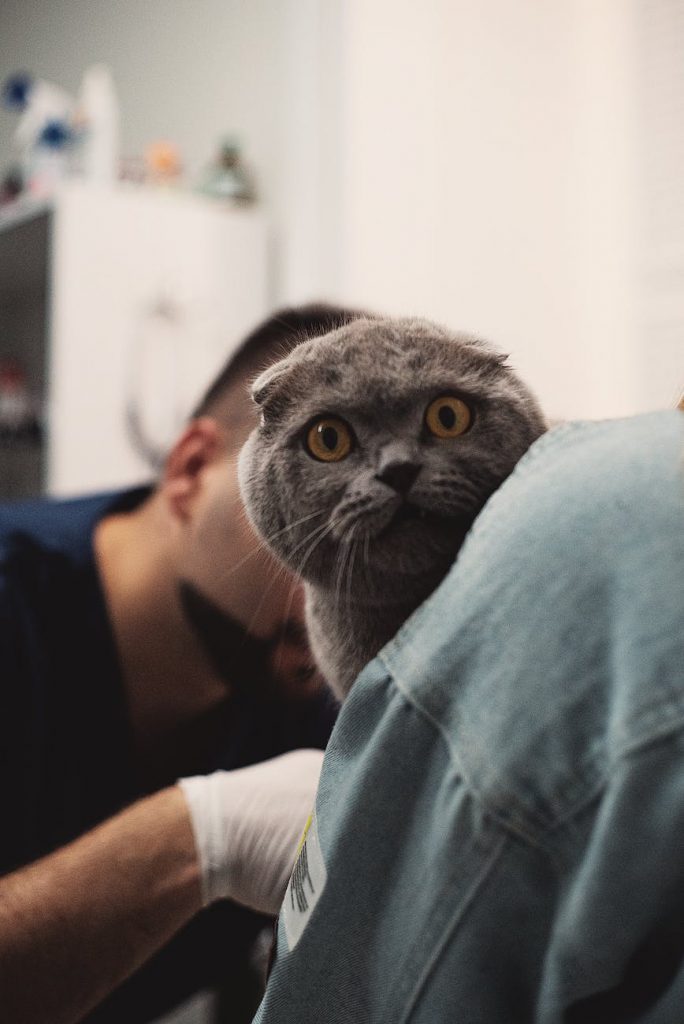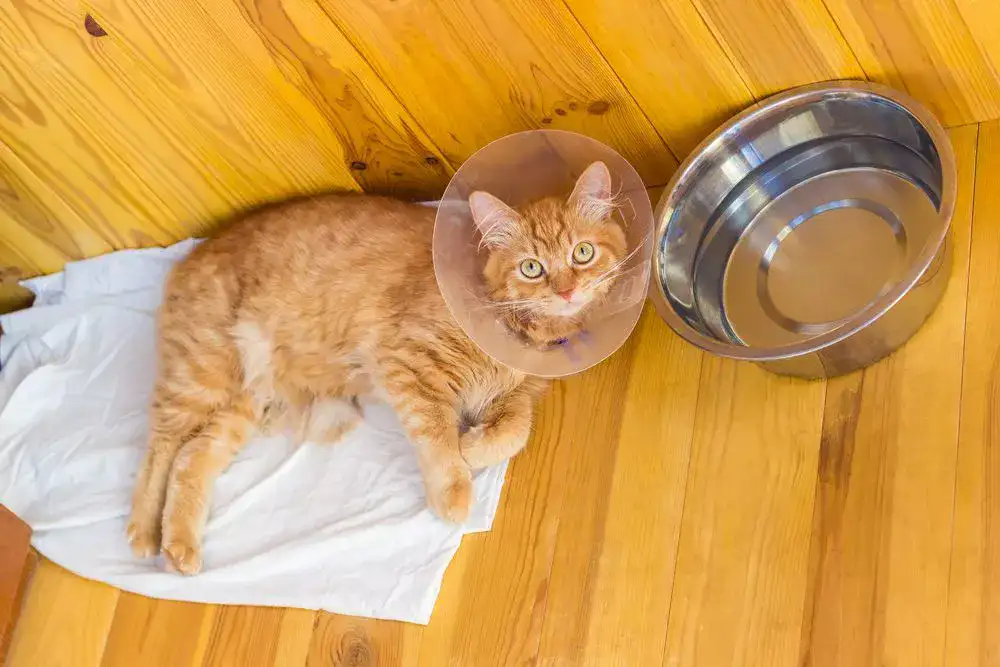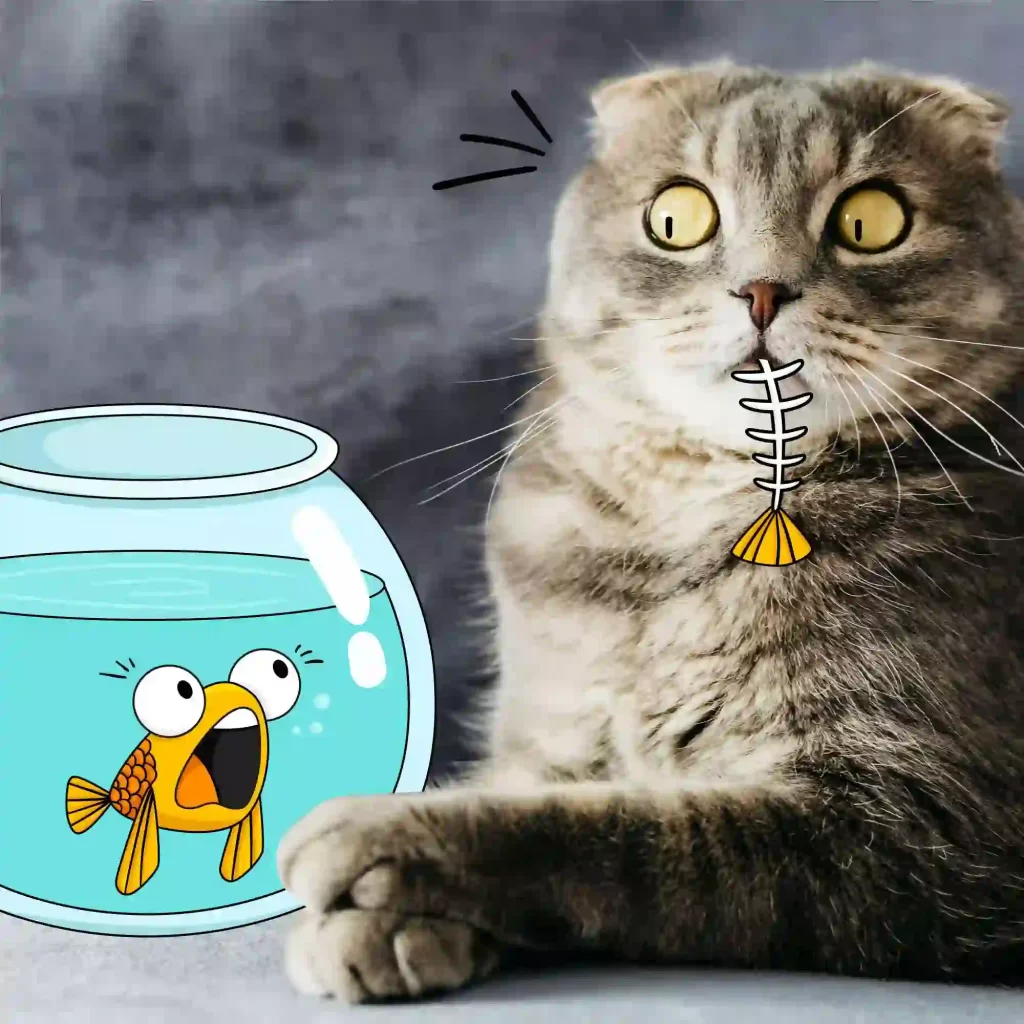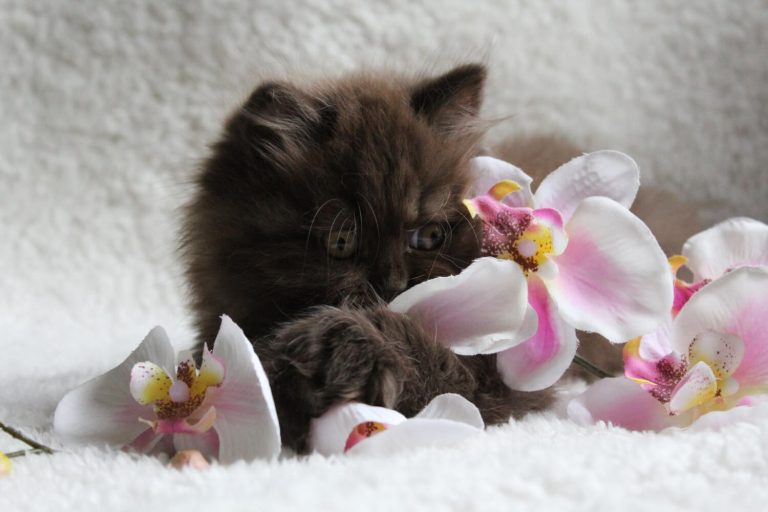Can Cats Drink Aquarium Water? Is Drinking Fish Tank Water Safe?
Aquariums can be mesmerizing to watch, but have you ever stopped to wonder if your curious cat should be indulging in a drink from it? Can cats drink aquarium water? We’ve got the answers you’re looking for.
Key take aways:
- Cats should never drink water from a fish tank or an aquarium.
- Aquarium water can make cats seriously ill.
Can Cats Drink Aquarium Water?
Cats are known to be extremely curious and can easily get tempted by the water in a fish tank. While this is a very common behavior among cats, it is important to realize that it is not safe to allow cats to drink water from a fish tank.
Cats should not drink aquarium water. The water in a fish tank may contain harmful bacteria, parasites, and chemicals that can be dangerous to cats. In addition, the water may be dechlorinated which can be a source of heavy metals that can lead to serious health issues.
Why Do Cats Drink Water From Aquariums?

- Cats are attracted to the water in aquariums. Most fish tanks have bubbles which can spike your catto’s curiosity.
- Cats who love fish have a higher chance of drinking water from an aquarium. They will most likely find the smell enticing enough to take a slurp.
- Dehydration. Imagine you’re extremely thirsty and you see some water that looks clean to your eyes. Chances are you will consider drinking that water. If your cat is thirsty and they spot some water regardless of whether it’s in a fish bowl, best believe they will drink it.

Cats should drink an average of 3.5 – 4.5 ounces of water for every 5 pound of weight. This means that an average house cat weighing 10 pounds should drink 7 to 9 ounces of water.
To learn more on how to calculate the amount of water your cat needs, check out this cool article I wrote on the amount of water cats drink daily.
What Are the Risks of Drinking Aquarium Water for Cats?
1. Bacteria and Pathogens
Aquarium water contains various bacteria and pathogens that can be dangerous to cats. Bacteria such as Pseudomonas, Klebsiella, and Aeromonas.
Parasites like Cryptosporidium and Giardia are also commonly found in aquarium water and can cause a variety of health issues and diseases in cats if ingested.
2. Toxins and Chemicals
Aquarium water contains a variety of toxins and chemicals that have the potential to harm a cat’s health.
Ammonia, nitrite, and nitrates are among the most toxic substances found in aquarium water, as they can cause a potentially fatal disease known as Nitrate Poisoning.
Nitrite and nitrate are created when ammonia reacts with bacteria called Nitrosomonas and Nitrobacter, respectively. Both nitrite and nitrate are toxic and can cause damage to a cat’s immune system.
3. Low Oxygen Levels
Low oxygen levels can be a risk for cats who drink aquarium water due to the biological and chemical processes that happen within the aquarium.
The oxygen levels can be lowered due to the decomposition of organic waste, the water changes made to clean the tank, and the uneaten fish food that emits toxic gases which contribute to the ammonia and nitrite levels in the water.
The degradation of the fish food also consumes oxygen in the water, which lowers the levels of oxygen. Low oxygen levels can weaken the cat’s immune system, and lead to other health issues such as diarrhea, vomiting, dehydration, and even death.
4. Hardness and Mineral Levels
When it comes to aquarium water, the hardness levels and mineral content can have an impact on cats. Hard water contains aquatic plants (like algae), inorganic salts, and rocks, which can result in metabolic acidosis in cats that are exposed to it for extended periods.
The pH level of aquarium water is generally low due to the breakdown of organic material, making it mostly acidic and thus bad for cats.
Aquarium water also contains high levels of carbonates and bicarbonates until it is cleaned up, which can cause digestive and respiratory issues in cats if ingested.
The high mineral content of aquarium water, including calcium, magnesium, and sodium, can also affect the amount of water that the cat can drink without difficulty.
5. High Chlorine Levels
The risks of drinking aquarium water for cats with high chlorine levels include skin irritation, rashes, and bacterial infections. Chlorine is a chemical used to keep aquarium water clean.
However, high levels of chlorine can be harmful to cats. When cats come into contact with water containing high levels of chlorine, their skin can become irritated, leading to rashes and other skin conditions.
6. Excess Salts
Excess salts in aquarium water, such as calcium, magnesium, and sodium, can pose a risk to cats if they are exposed to them for a long period of time. These minerals can cause metabolic acidosis, a dangerous condition that can affect a cat’s heart, kidneys, and urinary system.
7. Fish Excrement
Fish excrement is high in ammonia which is extremely toxic and can cause serious health problems such as diarrhea, vomiting, dehydration, and even death.
8. Increased Risk of Kidney Disease
The aquarium water contains minerals such as carbonates and bicarbonates that are deadly to cats, as well as a variety of dissolved solids that can harm them. Drinking this water can also contribute to the development of kidney disorders or bladder stones in cats, which can be hard to diagnose.

9. Exposure May Cause Skin Rashes on Your Cat
Toxins in the aquarium may not be as dangerous to the fish as they are to other animals like cats. The effects of exposure can be skin irritation and rashes, increasing chances of skin diseases, and even accidental ingestion of plant matter or hair. This is why it is important to keep cats away from aquariums and fish tanks.
Why Does My Cat Keep Trying to Drink the Fish Tank Water?
Cats are naturally attracted to fish tank water for a variety of reasons, such as the movement of the water and the presence of fish. This can cause them to try and drink from the fish tank, even if it contains chemicals and waste which can be harmful to cats.

How to Keep Your Cat Away From Fish Tank Water
1. Cover the Fish Tank
Having a feline sprawled out atop their tank can stress out your fish. Make sure the fish tank has a lid that is securely attached on a hinge with a feeding hatch that is opened when adding food.
If the aquarium doesn’t have a lid, you can install a very thick glass cover or a wooden surface to prevent cats from reaching the aquatic life living in the aquarium.
Make sure all wiring is completely out of reach from inquisitive felines.
2. Clean Your Cat’s Water Bowl
Have you ever stopped to think that maybe your cat is avoiding their water bowl because it is not clean?
Here is a cleaning process that I stick to and that you can also adopt:
Step 1: Empty the water bowl and rinse it with warm water to remove any buildup of bacteria.
Step 2: Fill the bowl with a diluted solution of equal parts white vinegar and water. Let it sit for about 10 minutes.
Step 3: Rinse the bowl with fresh water to remove any residual vinegar. If you see any stubborn bits of dirt or grime, use a soft sponge or brush to gently scrub them away.

Step 4: Fill the bowl with clean water and add a few drops of apple cider vinegar or lemon juice to make sure that the water is free of bacteria.
Step 5: Place the bowl in a spot where your cat can easily access it, but far away from the fish tank. Consider separating their food and water bowls to discourage them from drinking from the fish tank.
Step 6: Clean the bowl daily or at least twice a week.
If your cat is still insistent on drinking from the aquarium, then check out this post I wrote on how to encourage your cat to drink water from their bowls or fountains.
3. Spray Something the Cat Dislikes Around the Fish Tank
Some smells are a complete turn off for cats and they will avoid them like plague. Some of these include:
- citrus smell
- Thyme
- Rosemary
- Lavender
- Eucalyptus
Only spray on the lid. DO NOT spray inside the water as you might harm your fish.
4. Put Fish Tank in Very High Places
Putting a fish tank in a very high place can help keep cats away as it will be difficult for them to climb and reach the fish tank.
The high placement of the tank also makes it difficult for cats to have access to the tank, as they won’t be able to fit through the small space between the aquarium and the ceiling.
Furniture should also be kept away from the fish tank as cats may use these as launch pads to get atop the tank.
5. Put Some Weight on the Fish Tank’s Lid
Putting weight on the fish tank’s lid can help keep your cat away from the water by reducing the loudness of sounds and smells coming from the tank. This should reduce your cat’s interest in interacting with it in the first place.
Furthermore, it will also prevent your fish from jumping out of the tank or your cat from jumping into it.
6. Place a Net Beneath the Fish Tank’s Cover
So what if you’re unable to do all the above? Then put a net preventing the cat from drinking water from the aquarium. Just make sure the netting material is strong enough to withstand a cat’s nails.
FAQs
Can My Cat Get Sick From Drinking Fish Tank Water?
Yes, cats can get seriously ill after drinking contaminated fish tank water. This could be due to the presence of bacteria and other harmful substances in the tank water, which can cause a number of health problems in cats including skin rashes, urinary tract issues, and even kidney stones.
Is It Safe for Cats to Drink Aquarium Water?
No, cats should not drink aquarium water and it is not safe for them. While it may be a common occurrence, the water can contain toxins, bacteria, and other contaminants that can be harmful to your cat.
Do Cats Eat Fish in Bowls?

Cats can and will eat fish in bowls and aquariums. Keep in mind that most cats love eating fish and are opportunistic feeders. Seeing the fish swimming in the bowl/aquarium can turn their hunting instincts on and they may end up hunting them down and eating them.
Do Cats Like Fish Bowls?
Cats do like fish bowls and aquariums. Cats love watching the fish swimming around in their tanks and the swaying plants. The water bubbles are also a form of entertainment for kittos. Bright colors in a fish tank can also easily catch a cat’s attention.
What Side Effects May Occur If a Cat Drinks Aquarium Water?
Some side effects of cats drinking aquarium water include:
- Skin irritation and rashes
- Stomach, kidney, or liver problems
- Bloating
- Skin diseases
- Digestive and respiratory tract failures
- Irritation of the skin that came into contact with the water
- Infections that are hard to diagnose
- Possible ingestion of plant matter or hair
- Exposure to toxins that can cause illnesses such as dermatitis
- Affects the nitrogen cycle in aquariums
- Fluctuations in water quality.
Can I Have a Fish Tank With a Cat?
Absolutely, as long as you take the necessary steps to keep both animals safe. You should make sure that the fish tank is out of reach of the cat and that any electrical wiring around the tank is inaccessible for a cat as well.
Furthermore, it is important to ensure that the cat has its own food, water, and toys in a separate room from the fish tank, and consider investing in a water fountain for the cat as a diversionary tactic. Finally, it is best not to allow the cat to drink any water from the fish tank, as this could stress out the fish.







